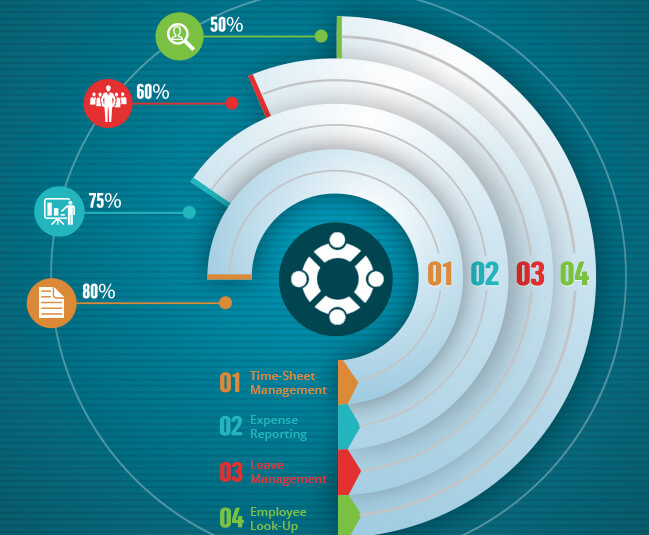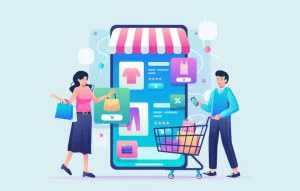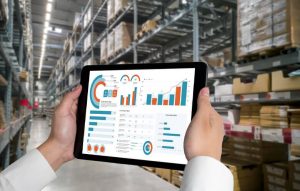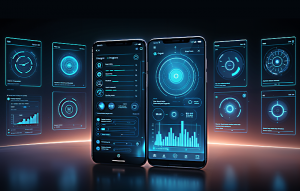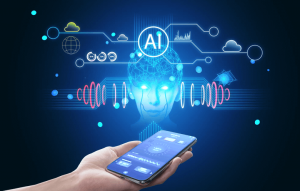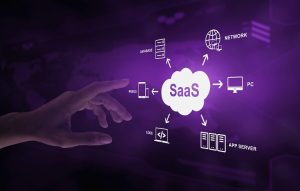One of the basic functions of HR software is to replace the paper based timesheets, which most companies have done by now. But if you think that HR software is just about counting the hours an employee has punched in then you are missing out on a lot of potential benefits.
The software used by your Human Resources department can be a powerful tool in raising employee productivity and give you useful data on employee behavior. In fact, many companies are now moving their HR software to the cloud by purchasing web-based software. The next wave in HR innovation is going to be the mobilization of HR apps.
HR software is also called Human Resources Information Systems (HRIS), Human Resources Management Systems (HRMS) and Human Capital Management (HCM) software. But no matter what the name, the purpose of all these software applications is to help companies manage their workforce more efficiently.
The HR department has three core functions in any medium to large sized company: core HR, workforce management and strategic HR.
Core HR
Benefits Administration: Apps that help companies with their benefits administration are used by the HR department to manage employee benefits such as health insurance and compliance with 401K policies.
Personnel Tracking: There are apps that can help you centralize all your employee data such as their social security numbers, contact information and demographic information.
Payroll: Payroll applications are used to track salaries, bonuses, provide online pay stubs, various tax and insurance related deductions and even for wage garnishment. Today, most applications also offer direct deposit ability.
Workforce Management
Time management and attendance: Today HR apps can do much more than just digitalize timesheets. HR apps can help track employee attendance and vacation/leaves, track sick days, and also send alerts to supervisors if employees miss their work target.
Employee scheduling: This feature is useful for companies that have employees working in different shifts. The supervisors can setup and change the shifts of their team members and also request additional staffing if their team levels are below requirement. Call-centers, hospitals, retail chains and fast food restaurants are ideally suited to take advantage of this functionality.
Strategic HR
Applicant Tracking System: This feature is used by HR departments during the recruitment process. It lets them store and track applicant information and some of the latest HR applications also allow companies to expedite background checks. A well-designed HR application will also allow you to post your job openings on job boards and your social media channels.
Employee evaluation: The HR process also includes employee evaluation. Today there are many applications that help managers track and evaluate employee performance and goal management.
Learning and development: The HR department can also play an important role in employee learning and development. This means companies need to give their HR personnel an application that can help them with content authoring, curriculum and certification.
Mobilizing HR Apps – Big Activities from the Small Screen
Most of the HR apps in the market today do not have mobile versions or the mobile versions can carry out only a few basic processes. This means that companies are missing out on the value addition possible with mobile HR apps. These are some of the features that are popular in mobile HR apps today:
- Timesheet Management
- Leave Management
- Employee Lookup
- Expense Reporting
- Document Management
- Attendance
- Recruitment Solution
- Manage Daily Logs
- One Size Does Not Fit All
There are many off-the-shelf standalone web-based HR applications that are available in the market, but most of them do not have all these features. Companies that are looking at an integrated solution often end up paying for multiple applications. This means that users have to log into different applications for each task which often results in a slow rate of user adoption and eventually unused software.
The solution for enterprises is to develop a customized software solution in which the employees have a say while designing the system. This ensures that the application created is one which fits the organization’s business mission and is user-friendly.


